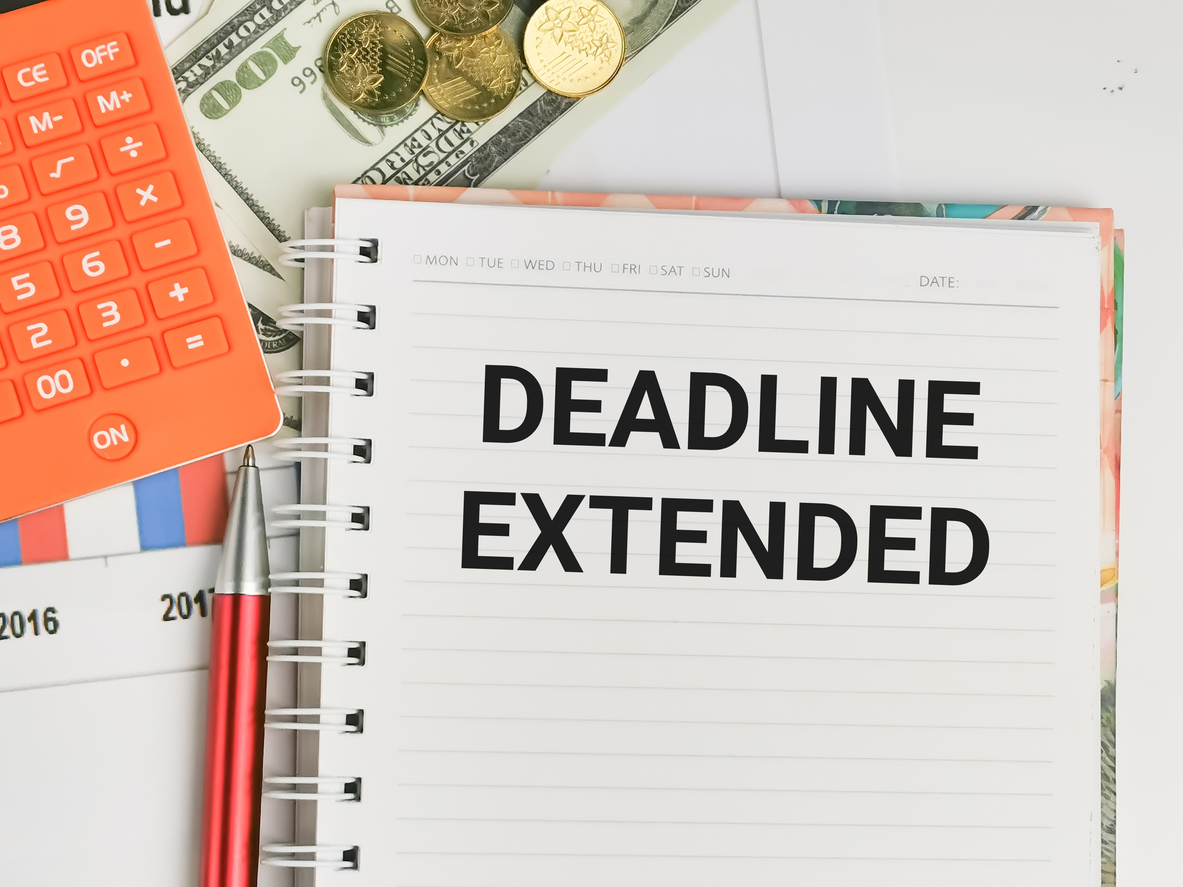The other day at the NAPIA Conference, Mary Fortson, Vivian Persand and I were discussing an issue of importance for policyholders to be mindful of even after their Hurricane Wilma claims are resolved. Oftentimes, much of the advice offered by lawyers and professionals to policyholders in the property insurance industry concerns what steps need to be taken to help policyholders navigate their way through the intricacies of policy interpretation and coverage. The maze of coverage issues actually continues even after the claim is resolved. If there is another hurricane in the next few years, carriers will be aware of the policyholders who had Hurricane Wilma claims and will likely request documentation reflecting repairs if damage is being claimed to similar areas of property.
It is important for policyholders in Florida to conduct the necessary repairs and maintain documentation of repair expenditures following a favorable resolution of their Hurricane Wilma claims. The type of documentation includes, but is not limited to, repair contracts, licensing information for the contractor/company, warranties, permits, photographs, checks or other documentation to reflect payments, final inspection certificates, inspection reports and any information from local building department officials. This information should be stored in a safe place.
Policyholders who had Hurricane Wilma claims, received payment for covered damage to their properties, and are unable to demonstrate that they repaired the Wilma damage may find themselves navigating the gauntlet of a coverage maze in a future claim. Most property insurance policies require policyholders to keep accurate records of repair expenses before, during and after a loss and to provide such information when reasonably requested by the carrier during a claim. Keeping the information revealing what was damaged before, that the necessary repairs were performed and being able to produce it in the event there is another catastrophic hurricane in South Florida in the next few years will place policyholders in a better position when seeking coverage for the later event. We cannot state that having and providing this information will eliminate coverage defenses from a carrier in any later claim for similar damage, however, we can state that it is usually better to have the information than not. If you do not have the information revealing the completion of the necessary repairs, then the carrier will likely point to the previous hurricane as a cause (if not the cause) of the damage.
There have been a lot of lessons learned by Florida policyholders since the 2004 and 2005 hurricane seasons and litigation that has ensued. The purpose of this post is to offer advice on steps to be taken after an insurance coverage payment is received to avoid learning a lesson the hard way down the road. Maybe in the spirit of the holiday season, give yourself the gift of foresight and keep this important information in a folder with a bow on top of it. Down the road, if there is another catastrophic event, it will certainly be welcome. Happy Holidays.



